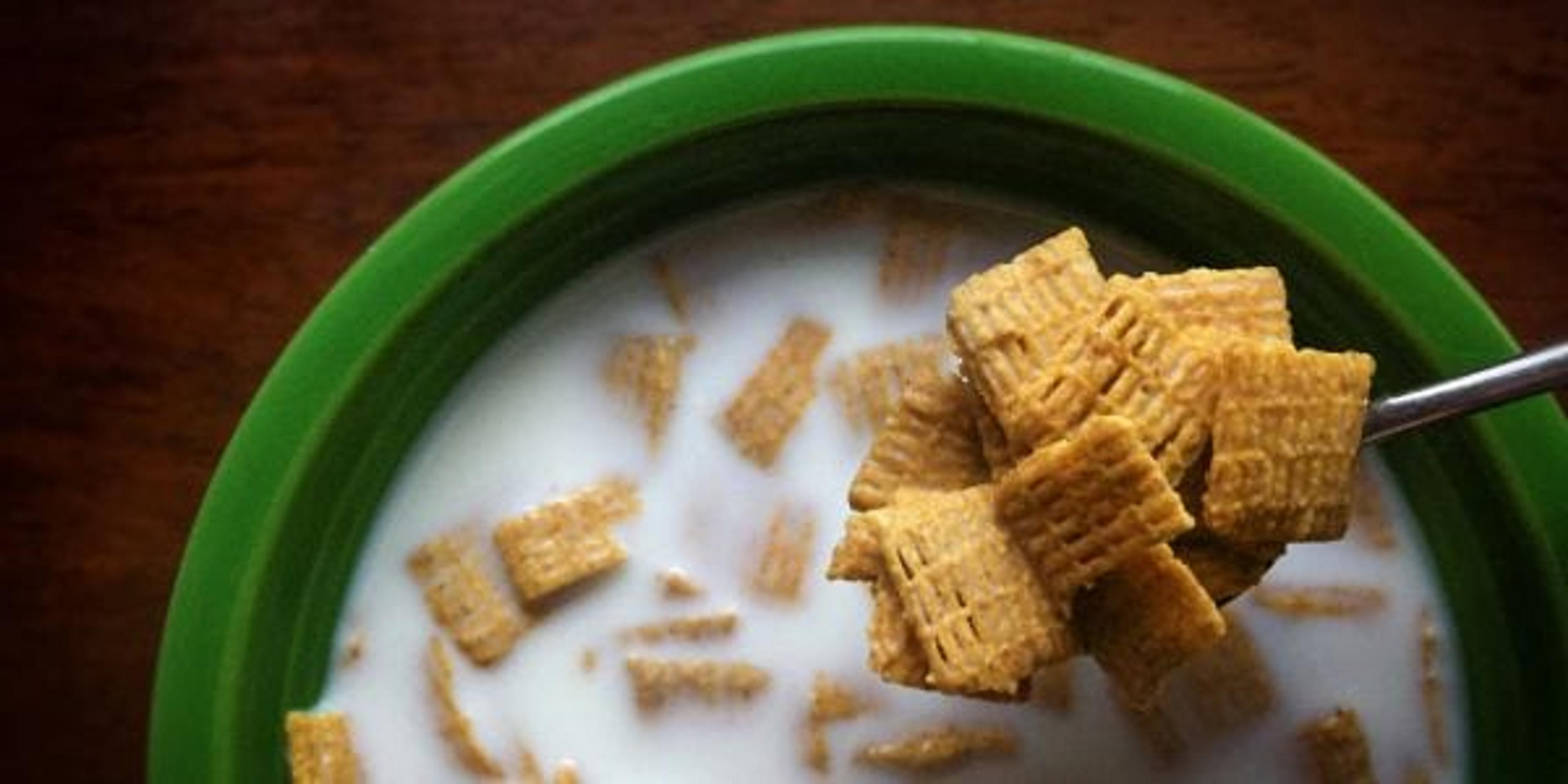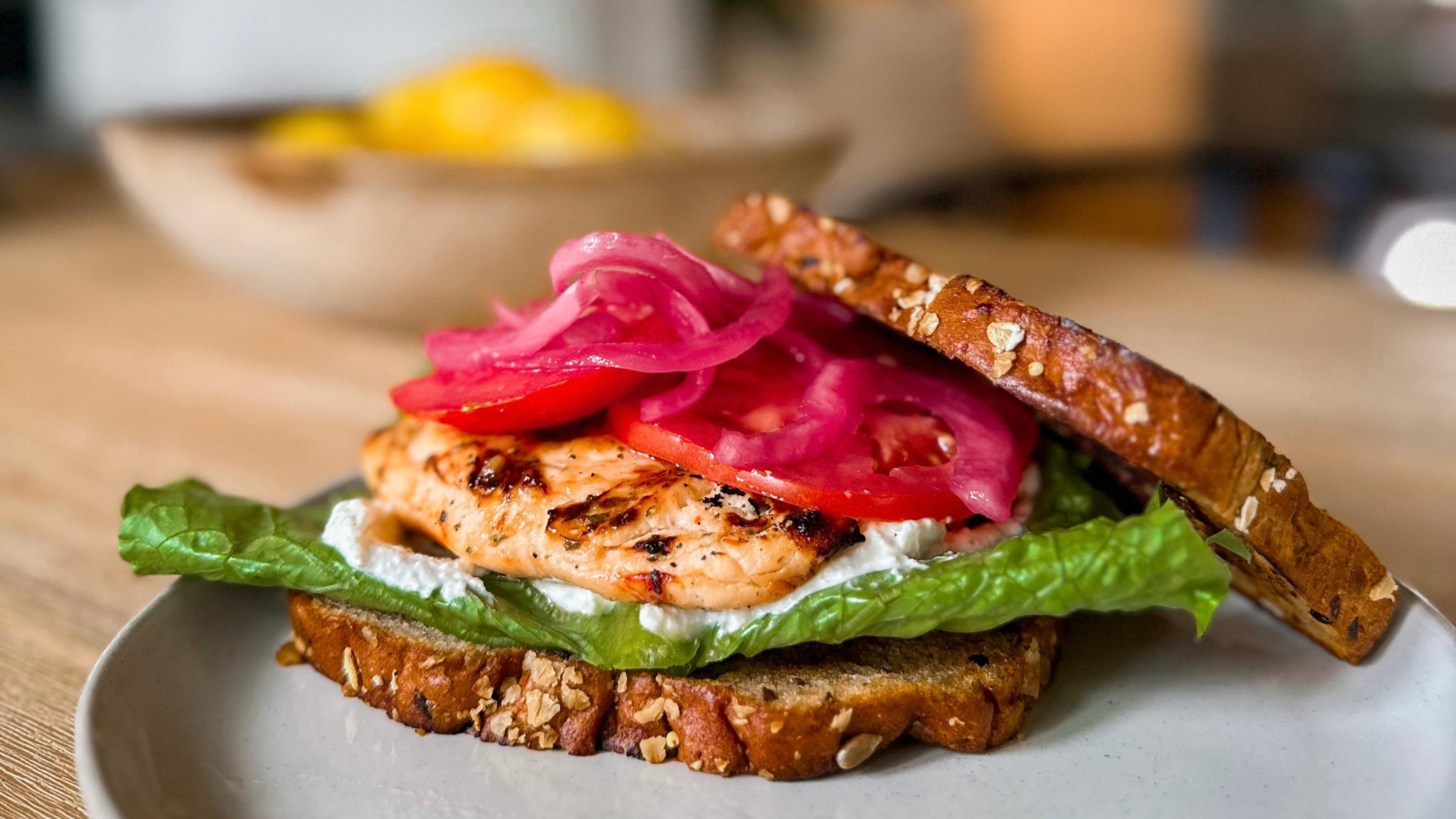Tips on How to Find a Healthy Cereal

Alyssa Witzleben
| 3 min read

Cereal is one of the most common breakfast foods consumed by Americans. As part of a balanced diet, fortified brands can be a source of essential vitamins and minerals. But all cereals aren’t created equal.
Before buying your next box, look at the side panel and read the nutrition facts. Take note of the serving size as well as the fat, fiber and sugar content. High-fiber cereals have at least five grams per serving and will keep you fuller longer. They also help fuel your body while aiding digestion. That means flushing out the system and removing excess waste. In general, the goal is to get 25-40 grams of fiber per day. Choosing a high-fiber cereal will get you closer to your goal. Fiber will naturally be found with cereal made of whole grains.
Some of the most popular cereals may not be the healthiest choices. Their sweet taste is often the result of added sugar, which is linked to weight gain, type 2 diabetes and heart disease. Men should have no more than 36 grams per day (9 teaspoons), women 24 grams (6 teaspoons) and children 16-24 grams (4-6 teaspoons). Remember that under ingredients there are over 50 different descriptions for added sugars. For a healthy and delicious replacement, add some fresh fruit to satisfy your sweet tooth naturally.
Serving size isn’t specific to cereal. In the U.S., food portions have grown significantly over the years. This has contributed to the ongoing obesity epidemic that’s caused an increase in preventable health conditions. Why? Because many shoppers are unaware of the suggested serving sizes for their foods.
Compared to previous generations, our plates and bowls are much bigger. This has tricked us into eating larger amounts, which are well beyond a regular serving. Cereal often ranges from 3/4 to 1 1/2 cups, but a full bowl can equal two to three times that amount. So, instead of consuming 10 grams of sugar, you’re actually consuming 30 in one sitting. Our registered dietitian, Grace Derocha, recommends using a measuring cup a few times so you know what certain amounts look like in your bowl versus dumping cereal from box to bowl.
Most serving sizes are based on a 2,000-calorie diet, which is generally for men, not women or children. Many people can get between 600-700 calories from breakfast alone. Yes, cereal is a convenient option that offers many nutrients. But it’s still important to exercise caution when pouring a bowl. Always read the label to be aware of what you’re really getting.
No matter if it’s breakfast, lunch or dinner, be mindful of portions and listen to your body. Too much of anything is unhealthy.
No matter if it’s breakfast, lunch or dinner, be mindful of portions and listen to your body. Too much of anything is unhealthy.
If you found this post helpful, read these:
Photo credit: Alturas Homes





